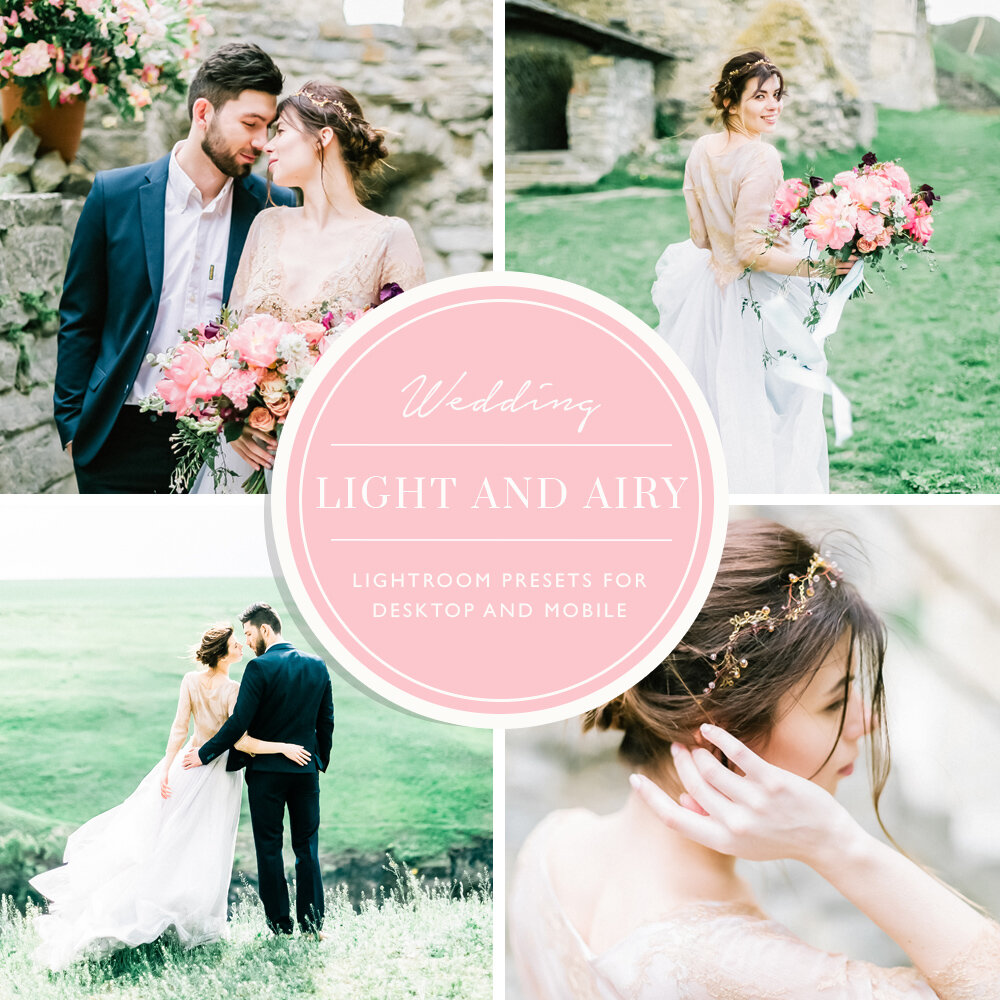Full Introduction to Landscape Photography
Landscape photography is an enthralling and lucrative discipline that enables photographers to fully depict the splendor of the natural world.
This medium has the ability to take viewers to far-off, spectacular places or just open their eyes to the beauty right in front of them. We'll dive into the science and art of landscape photography in this thorough tutorial, looking at the tools, methods, and creative elements that make it such an intriguing form of visual expression.
The Appeal of Landscape Photography
The timeless appeal of landscape photography cuts across national boundaries as well as generational divides. This genre has long been a favorite of both amateur and professional photographers for a number of very good reasons.
Having a Link with Nature
Fundamentally, landscape photography is about the close relationship that exists between the photographer and the environment. It provides a chance to fully immerse oneself in nature, capturing not just the scene's aesthetic splendour but also the feelings and sensations connected to it. Landscape photography lets you establish a close and intimate connection with the natural world, whether it's through the peaceful beauty of a forest covered in mist, the rugged grandeur of a mountain range, or a beautiful sunrise over a placid lake.
Visual Appeal
Because it photographs the most exquisite and stunning places on earth, landscape photography is an art form that viewers can't help but be drawn to. A photographer's ability to manipulate composition, lighting, and perspective can turn commonplace landscapes into breathtaking pieces of art. When done correctly, landscape photography has the ability to stir up strong feelings as well as awe and appreciation for the environment we live in.
Narrative
Photographers of landscapes are the visual storytellers; every landscape has a story to tell. They capture the ever-evolving moods and moments of natural environments, portraying the impact of weather, the passage of time, and the interaction of light and shadow. They capture a feeling of time and place in their images, which frequently prompts viewers to consider the bigger stories taking place in these natural settings.
Adventure and Exploration
Photographers who specialize in landscape photography frequently travel to isolated, breathtaking locales that are off the usual route. It pushes photographers to travel, explore, and take in the world in novel and fascinating ways. It is an encouragement to adventure and discovery. This genre encourages fans to venture outside of their comfort zones and explore locations they might not have otherwise thought to visit.
Required Equipment
Understanding the equipment required to take beautiful landscape photos is crucial before attempting to master the discipline of landscape photography. Although you can begin with simple equipment, more sophisticated gear can greatly improve your outcomes.
Camera and Lenses
A good camera is the foundation of landscape photography. While point-and-shoot cameras and smartphones can produce decent results, a DSLR or mirrorless camera offers more control over settings and image quality. High-resolution sensors, manual controls, and interchangeable lenses are vital for capturing the fine details and dynamic range of landscapes.
Eyewear
When it comes to landscape photography, lenses are essential. Wide-angle lenses are popular because they can capture wide scenery and dramatic perspectives. Examples of these lenses are 16-35mm and 24-70mm. To produce more dramatic and immersive landscapes, ultra-wide lenses such as 14-24mm are useful, and telephoto lenses like 70-200mm or 100-400mm are useful for isolating faraway scenes and compressing the elements in the frame.
Tripod
The greatest ally of a landscape photographer is a robust tripod. It ensures crisp, long-exposure images by stabilizing the camera and removing vibration. If you intend to hike to isolated areas, look for one with a ball head for simple adjustments and take into account its weight and size.
Filters
To achieve certain effects and control light, filters can be quite useful. Neutral density filters (for long exposures), graduated neutral density filters (to balance exposure in situations with high dynamic range), and polarizers (to eliminate reflections and enhance sky and water contrast) are the most popular filters used in landscape photography.
Hiking Bag
Whether you're shooting outside or hauling camera equipment and accessories, a roomy, comfortable backpack is a must. Choose one with roomy storage for personal essentials like food, water, and additional clothing, as well as padded sections to safeguard your equipment.
Remote Shutter Release
For long exposures, a remote shutter release—wired or wireless—is a lifesaver in reducing camera shake. It guarantees clear photos by enabling you to press the shutter without touching the camera.
Cleaning Kit
Taking landscape photos frequently requires navigating varying weather conditions, dust, and dirt. You can maintain the best possible condition for your equipment by keeping a cleaning kit that includes supplies like a blower, lens cleaner, and microfiber cloth.
Weather Protection
It is imperative to safeguard your equipment as you will be shooting in a variety of weather conditions. If you want to protect your equipment from moisture, think about purchasing weatherproof camera covers or covering it with a rain cover.
Essential Techniques
There's more to landscape photography than just pointing your camera at a picturesque scene and hitting the shutter. To produce captivating and emotive photographs, one needs both technical expertise and artistic talent. The following are some crucial skills to acquire:
Composition
The fundamental element of landscape photography is composition. It involves placing the components in the frame in a way that produces a harmonious and aesthetically pleasing picture. Composition strategies such as the rule of thirds, framing, and leading lines can assist direct the viewer's eye and enhance your images with depth and interest.
Use of Light
In landscape photography, lighting is crucial and may make or ruin a shot. The most magical light is usually seen in the golden hours right before and after dawn and sunset. While the strong midday sun can produce flat and boring shots, soft, warm, directed light adds depth and richness to photographs. To improve your landscape photography, pay attention to the direction, quality, and color of the light.
Depth of Field
For landscape photography, depth of field control is essential. Often, you'll want a deep depth of field to maintain focus on the entire picture. To do this, use a smaller aperture (higher f-stop number), and to guarantee sharpness from the foreground to the horizon, think about utilizing hyperfocal distance focusing.
Long Exposures
Landscape photography can benefit from the calm and drama that long exposures can bring. Use a tripod and a neutral density filter to reduce the shutter speed in order to get this look. In order to capture the motion of water, clouds, or other elements in your picture, experiment with exposure periods ranging from a few seconds to many minutes.
Hyperacuity Length
Comprehending the concept of hyperfocal distance is important to attain crisp focus in your landscape photography. To obtain the highest depth of field, here is the point where you should concentrate. To find the hyperfocal distance based on your camera, lens, and aperture settings, there are calculators and apps available.
Foreground Interest and Framing
Adding a foreground element to your photos can help them gain depth and significance. It beckons spectators to enter the frame and investigate it visually. The eye can be drawn farther into the frame by an eye-catching foreground element, be it a field of wildflowers, a tree, or a rock.
Rule of Thirds
Your frame is divided into a 3x3 grid by the fundamental compositional principle known as the rule of thirds. You can make an image that is both balanced and aesthetically beautiful by aligning important compositional elements along these grid lines or at their intersections. It gives your shots more intrigue and pushes you to refrain from putting your subject in the center.
Leading Lines
A scene's leading lines are those aspects that organically direct the viewer's attention to a central focus. They could be rivers, fences, highways, or even patterns found in the terrain. Make use of these lines to give your photos a feeling of depth and movement.
Atmosphere and Weather
Photography of landscapes is not just for bright, sunny days. In actuality, the drama and atmosphere of a scene are frequently enhanced by the weather and atmospheric factors. Photos taken in the presence of stormy sky, mist, fog, and shifting weather can have an air of mystery and emotion. Be ready to adjust to these circumstances and make the most of them.
Post-Processing
The digital darkroom of landscape photography is post-processing. It lets you alter exposure, contrast, color balance, and other aspects of your photos. Popular post-processing programs include Adobe Lightroom and Photoshop. But keep in mind that post-processing should improve your image, not take the place of subpar in-camera methods. And Of course don’t forget to use Travel Lightroom Presets by BeArt-Presets.
Finding Locations
One of the most important parts of landscape photography is picking the correct spot. There are many breathtaking natural landscapes in the globe, but not all of them are picture-perfect or easily accessible. The following advice will help you locate and choose your shooting locations:
Study
Make sure you have done your homework before going on a photo adventure. Examine online resources, guidebooks, and maps to find potential spots. Seek out locations with interesting characteristics, varied landscapes, and easy access.
Examine the Site
Once you've decided on a probable location, try to visit it in advance. You can acquaint yourself with the topography, evaluate the best viewing locations, and predict lighting conditions with the aid of this reconnaissance expedition. To get ready for your big shoot, make notes and practice taking photos.
Take Local Knowledge Into Account
Talk to those who live there or are photographers in the region; they can offer insightful information about the place. They might be aware of off-the-beaten-path locations, hidden treasures, or favorable seasonal conditions that can improve your shots.
Variations Seasonally
The way a landscape looks can be significantly changed by the changing of the seasons. Think on the type of scenery you want to photograph and the season you will be shooting in. Winter may offer landscapes blanketed in snow, but spring brings bright flowers and an abundance of greenery.
Sunrise and Sunset
Landscape photographers typically find that the ideal lighting conditions occur between the golden hours of sunrise and sunset. Arrange your photo sessions to align with these hours, and be ready to arrive at your preferred spot well in advance of sunrise or well after sunset.
Creative Vision
Beyond its technical features, landscape photography is an artistic medium that lets you express your unique vision and style. As a landscape photographer, you can hone your artistic vision in the following ways:
Individual Style
What distinguishes you from other photographers is your own style. It's the distinct way you interpret the world and portray it in your photos. Your individual style should come through in your work, whether it is in the themes you choose, the color schemes you choose, or the post-processing methods you employ.
Narrative
Use your landscape photos to make a statement or to tell a tale. A landscape might serve as an environmental remark, a backdrop for a story, or a mirror of a human experience. Your images might become more interesting and remembered by telling a gripping tale.
Feeling
Make an effort to use your photos to arouse feelings in the viewers. A photograph's emotional impact can elicit strong feelings in viewers, such as wonder, serenity, nostalgia, or even uneasiness.
Trial and error
Don't be scared to try out various methods and approaches. Even if you might have a signature style, experimenting might yield fascinating findings and advance your photographic career.
Reliability
Experimentation is important, but you can build a recognizable brand or portfolio by being consistent in your work. To make your photographs cohesive, think of a recurring topic, aesthetic, or subject matter.
Challenges of Landscape Photography
Even though landscape photography is incredibly fulfilling, there are certain difficulties that aspiring photographers must be ready to overcome.
Climate
Weather patterns are not always predictable and can be severe at times. Prepare for unforeseen weather events and carry the necessary gear to safeguard your equipment.
Be patient
There are often long waits for the ideal light, weather, or other conditions when taking landscape photos. Being patient is a virtue since it's necessary to get the ideal photo.
Ecological Consequences
It's important to take landscape photos responsibly. Take care of the environment and follow the Leave No Trace philosophy to make sure your presence doesn't negatively impact the ecosystem.
Tools and Arrangements
Transporting camera equipment to far-off places can be physically taxing. It's imperative to plan ahead and pack carefully to prevent pain and equipment damage.
Competition
A lot of rivalry exists in the popular subject of landscape photography. You may make a statement by identifying your niche and creating a distinctive style.
Varying Circumstances
Seasons and time alter the appearance of landscapes, so a place you scouted can seem quite different when you return. The capacity to be adaptable and flexible is essential for landscape photography.
Final Thoughts
Landscape photography is a flexible and captivating genre that gives photographers the chance to express their perspective of the world, connect with nature, and make stunning art.
You may create stunning landscapes that awe and enthrall viewers by learning the fundamental techniques, selecting places with care, and incorporating your own creative vision.
Despite its difficulties, landscape photography offers incalculable benefits, such as the chance to travel the world, narrate gripping tales, and express your creativity in ways that are beyond words. Now grab your camera, head outside, and take a trip through the fascinating world of landscape photography.





















